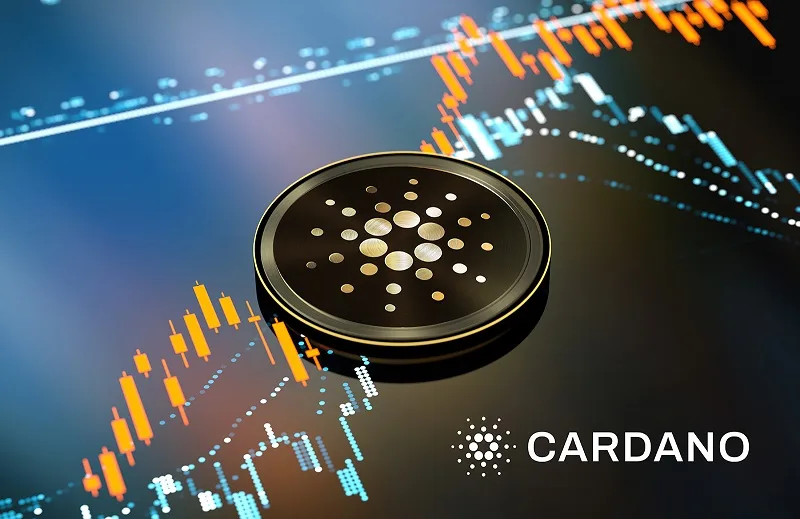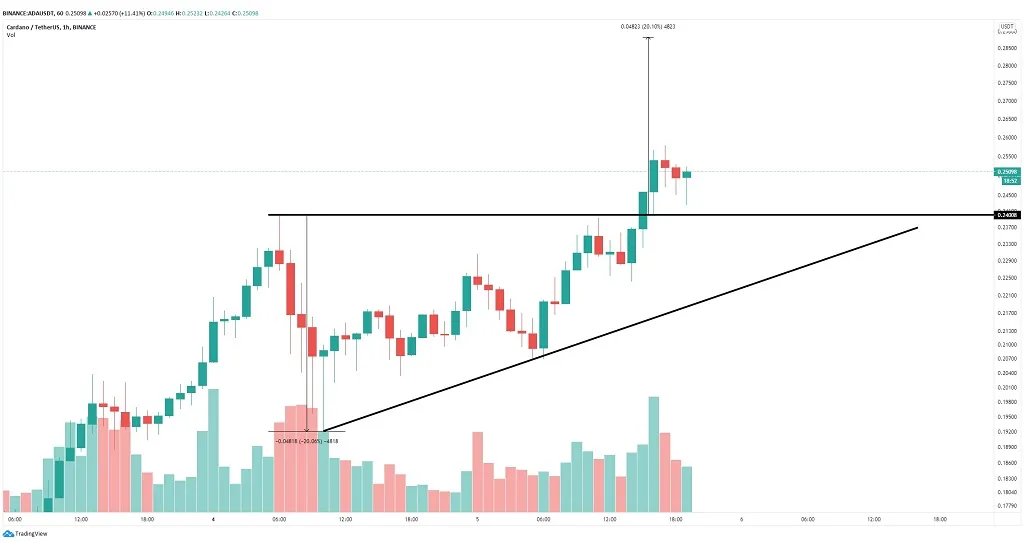
Exploring Cardano Cryptocurrency: An Overview
Cardano is a cryptocurrency that was created in 2017 by Charles Hoskinson, co-founder of Ethereum. It aims to provide a more balanced and sustainable ecosystem for cryptocurrencies, focusing on scalability, interoperability, and sustainability.
With its innovative proof-of-stake algorithm called Ouroboros, Cardano seeks to address the scalability issues faced by other cryptocurrencies like Bitcoin and Ethereum, while also offering improved security and energy efficiency.
Supported by Scientific Research and Peer-Review
What sets Cardano apart is its rigorous approach to development, backed by scientific research and peer-reviewed papers. The project is led by Input Output Hong Kong (IOHK), a leading blockchain research and development company.
Cardano’s development is guided by a strong academic foundation, ensuring that every feature and improvement is thoroughly scrutinized and tested before implementation. This commitment to scientific rigor has earned Cardano a reputation for reliability and trustworthiness.
Moreover, Cardano’s open-source nature allows for collaboration with universities and research institutions worldwide, further enhancing its credibility and potential for innovation.
How Cardano Works and Mining Process
Cardano operates on a dual-layer architecture consisting of the Cardano Settlement Layer (CSL) and the Cardano Computation Layer (CCL). The CSL handles transactions and ADA, Cardano’s native cryptocurrency, while the CCL focuses on smart contracts and decentralized applications (dApps).
As for mining, Cardano uses a proof-of-stake consensus mechanism, which requires significantly less energy compared to proof-of-work systems like Bitcoin. Instead of miners competing to solve complex mathematical puzzles, stakeholders (ADA holders) participate in the block validation process based on the amount of ADA they hold and are willing to “stake.”
This approach not only reduces the environmental impact but also promotes decentralization by incentivizing stakeholders to actively participate in securing the network.
Trading Cardano on Exchanges
Cardano (ADA) can be traded on numerous cryptocurrency exchanges, making it easily accessible to investors and traders worldwide. Some of the popular exchanges where ADA is listed include Binance, Coinbase, Kraken, and Huobi.
These exchanges offer various trading pairs, allowing users to exchange ADA for other cryptocurrencies or fiat currencies such as USD, EUR, and GBP. Additionally, liquidity and trading volumes for ADA are relatively high, providing ample opportunities for buying and selling with minimal slippage.
Furthermore, Cardano’s growing popularity and adoption have contributed to its presence on a wide range of trading platforms, catering to both beginners and experienced traders.

Is Mining Cardano Feasible?
Unlike Bitcoin and other proof-of-work cryptocurrencies, Cardano cannot be mined in the traditional sense. Instead, users can participate in the network and earn rewards by staking their ADA holdings.
Staking involves delegating ADA to a stake pool, which validates transactions on the network and receives rewards in return. Users who delegate their ADA to a stake pool earn a share of the rewards proportional to their stake, incentivizing participation and network security.
Overall, while mining Cardano may not be feasible, staking provides an environmentally friendly and economically rewarding alternative for ADA holders to support the network.
Resilience to Inflation
Cardano’s approach to inflation is designed to ensure the long-term stability and sustainability of the ecosystem. Unlike fiat currencies that rely on central banks to regulate supply, Cardano has a fixed maximum supply of 45 billion ADA.
This predetermined cap on ADA issuance helps mitigate the risk of hyperinflation and preserves the purchasing power of the currency over time. Additionally, Cardano’s governance model allows for adaptive changes to monetary policy, enabling adjustments to supply dynamics based on evolving market conditions and user consensus.
Overall, Cardano’s proactive approach to inflation management aims to foster confidence and stability, making it an attractive option for investors seeking a hedge against inflationary pressures.
Popular
-
Exploring Cardano Cryptocurrency: An Overview
Cardano is a cryptocurrency that was created in 2017 by …

-
Crypto Jackpots: The New Big Wins in Online Casino Gaming
In the ever-evolving realm of online gambling, the advent of …

